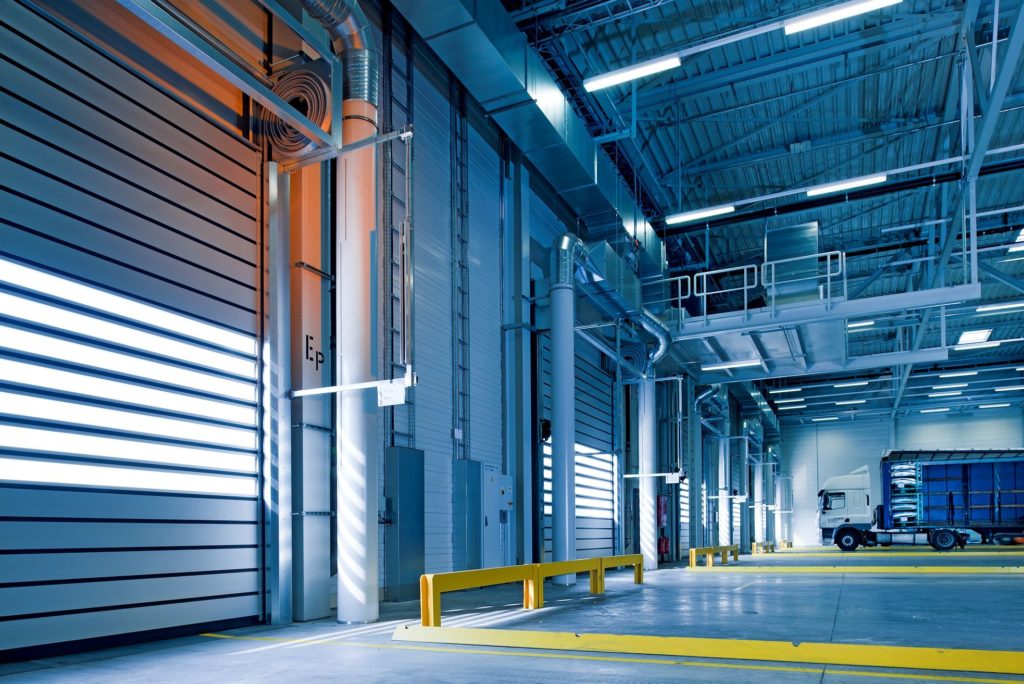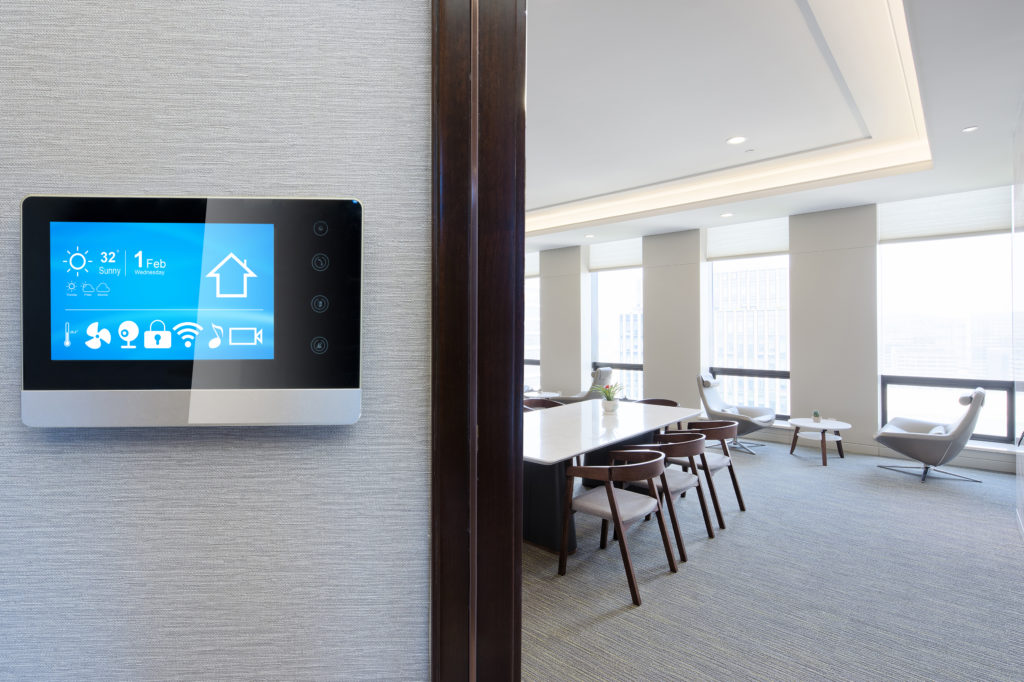5 Ways E-commerce Has Changed the Game for Industrial Real Estate
E-commerce has been a crucial driver in the industrial real estate market for both leasing and investment activity. This new niche market of retail is transforming the entire industrial sector from logistics to warehouse design. Let’s take a look at a few ways e-commerce has changed the game for industrial real estate.
Logistics
The logistics part of the industrial sector is on fire, primarily because of e-commerce. The requirements behind logistics facilities for e-commerce are very different than for in-store retail. As e-commerce grows, retailers will need to expand their logistics space for a variety of reasons:
- Need to stock a wider variety of SKUs
- Need more space for processing returned items
- Need to have more buffer stock on hand
- Need more space due to individual order picking, packing and shipping directly to the consumer
Facility Locations
One of the biggest differences with e-commerce warehouses and distribution centers are where they are located. In-store distribution vs. e-commerce fulfillment means shipping cases or products vs. shipping a necklace, toilet paper and a pair of shoes directly to a customer. When you do the distribution to stores, you need a location that is semi-rural where land is less expensive and there is plenty of space, but with fulfillment, the opposite is needed. You need to be close to the consumer for quick delivery times.
Different Process
When you are choosing boxes to be delivered to a retail store, the level of automation is low, but when you are choosing specific items to send to a consumer, the automation must increase and requires three times as much space. Fulfillment requires a different location, operation and size than distribution requires. As e-commerce continues to boom, this will affect the number of fulfillment centers vs. distribution centers.
Developers Need to Position Themselves for the Future of E-Commerce
New centers will require bigger buildings, which means developers will need to change the way they approach industrial real estate development. Developers will need to get out in front of it because many companies are underestimating the amount of space they will need for e-commerce operations. Spec buildings will increase in demand due to the growth of e-commerce. Because so much space will be needed to meet the demand for e-commerce facilities, developers who have the buildings will ultimately win the game and will be taking on little risk, because there will always be a demand.
More Fulfillment, Less Distribution
Real estate experts project e-commerce will have double-digit growth every year, which will result in more fulfillment and fewer distribution centers. Consumers are going to purchase more via their mobile devices than they will on their computer and these purchases won’t be lengthy ones, but rather one or two item type transactions. These quick one or two item purchases will affect labor since the labor to pick four one-line-item orders is much more than the labor to pick one four-line-item order. With more labor in demand, more space and resources will be required.
$291M mixed-use proposal would remake Belmont, Lakeside
289-unit multifamily project planned near Manchester riverfront
How electrified cities will look, sound, and function
Richmond, Hampton Roads business leaders take step forward for collaboration
Chesterfield shopping center to get Publix-fueled overhaul
City turns zoning focus to Monroe Ward’s abundance of surface parking lots
Cannabis “Green Rush” Fuels Growing Demand for Large Scale Agri-Campuses
Ways Landlords Can Leverage Technology to Increase Revenues
As a landlord, you’re always looking for ways to give a boost to the bottom line. With technology a huge part of that bottom line these days, it only makes sense that you’re going to look to it not only to increase revenue but to improve your tenants’ experience as well.
So what are the ways in which you can do this? Here are a few that we’ve collected:
- Use machine learning and artificial intelligence for optimal pricing strategies. With many new companies emerging with the exact intent of using data analytics and machine learning to predict rent-related factors, you won’t have to do all the heavy lifting yourself. These companies include Enodo as well as HouseCanary – but you’ll be able to find many competitors out there as well.
- Include high-speed internet in the rent, which in turn increases the rent you’ll be able to charge. Starry Internet is a great example of in-house internet that you can install, giving tenants quality internet connection and yourself a reason to increase your rent roll.
- Collect payments via technology in order to reduce your late-pay and no-pay numbers. This is a fairly simple and very effective technique that can either be implemented by you as a landlord or by a technology or property-management team. It also gives a better tenant experience as it can be far easier to pay your rent online than to mail a physical check or even do it through your bank’s bill pay. Tenants these days are all about streamlining their experience – and offering online payments does just that.
- Use technology such as Nest to manage your building temperature, water, and other utilities for sustainability and to save on waste. Not only can you do this online, but you can do it from anywhere – heck, you can be in Taiwan and still able to control your building’s utility use. Now that’s a great use of tech.
All this can really improve your bottom line. Take EQ Office, for example. As reported by Bisnow, the rebranded Equity Office Properties has shifted its real estate strategy to move toward a focus on customers rather than on assets.
EQ Office vice president of real estate technology and innovation Ryan Salvas told the publication that one way to improve user experience is to offer applications that better anticipate end-user needs rather than simply acting as a cluster of apps.
Salvas expanded on this, offering example of machine learning such as figuring out most common reasons for using the app – for example, going to the gym. The app can be configured to notify the user that they can schedule the same class that they took the previous week.
Salvas added that EQ Office is putting these capabilities to the test in its Willis Tower in Chicago – with one of the largest challenges apparently the implementation of newer technology in older buildings without simply ripping everything out and starting anew.








